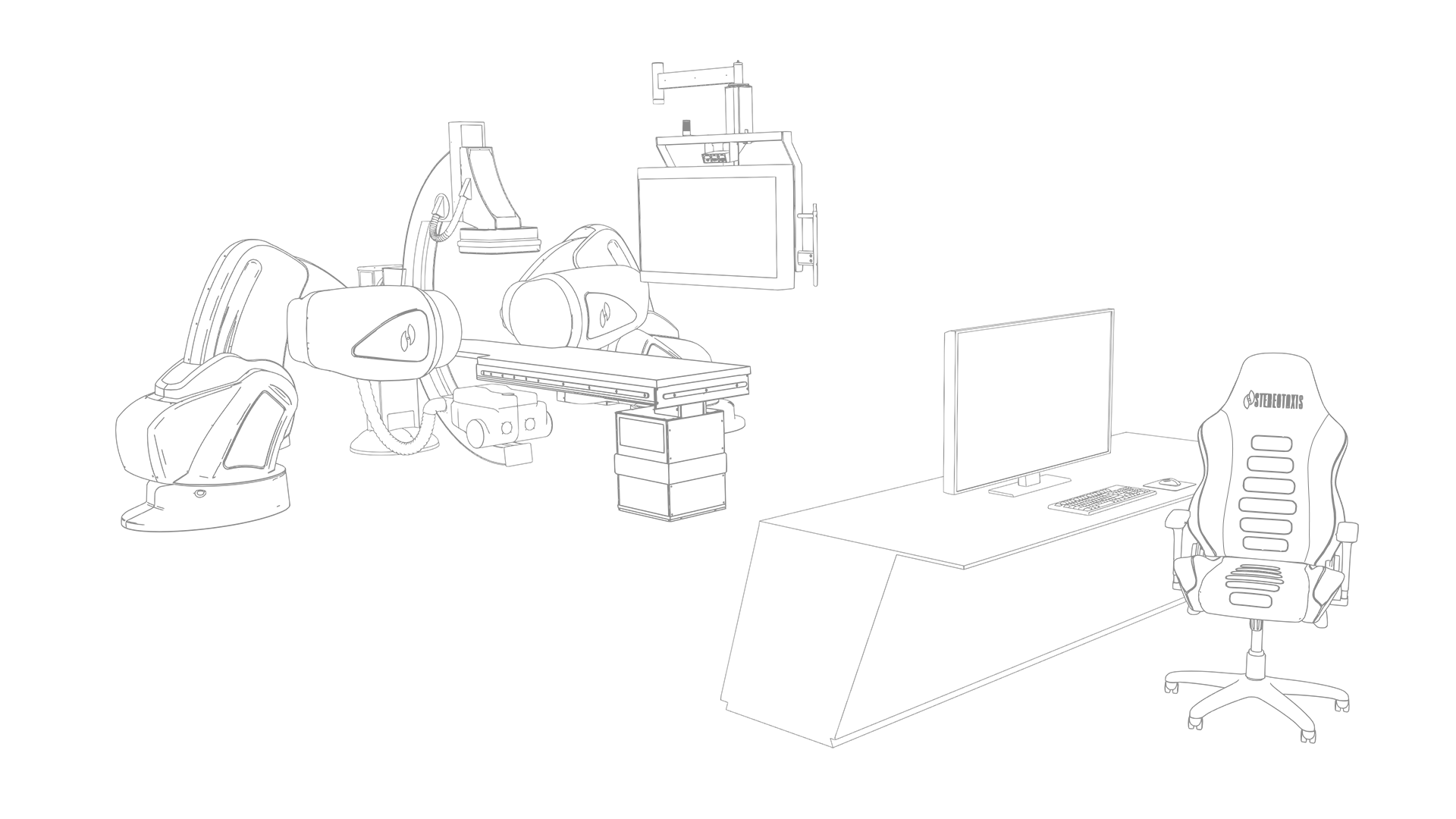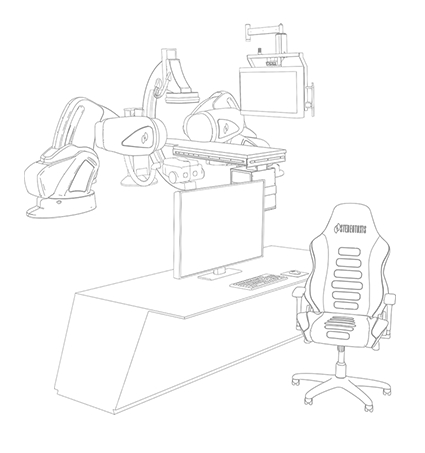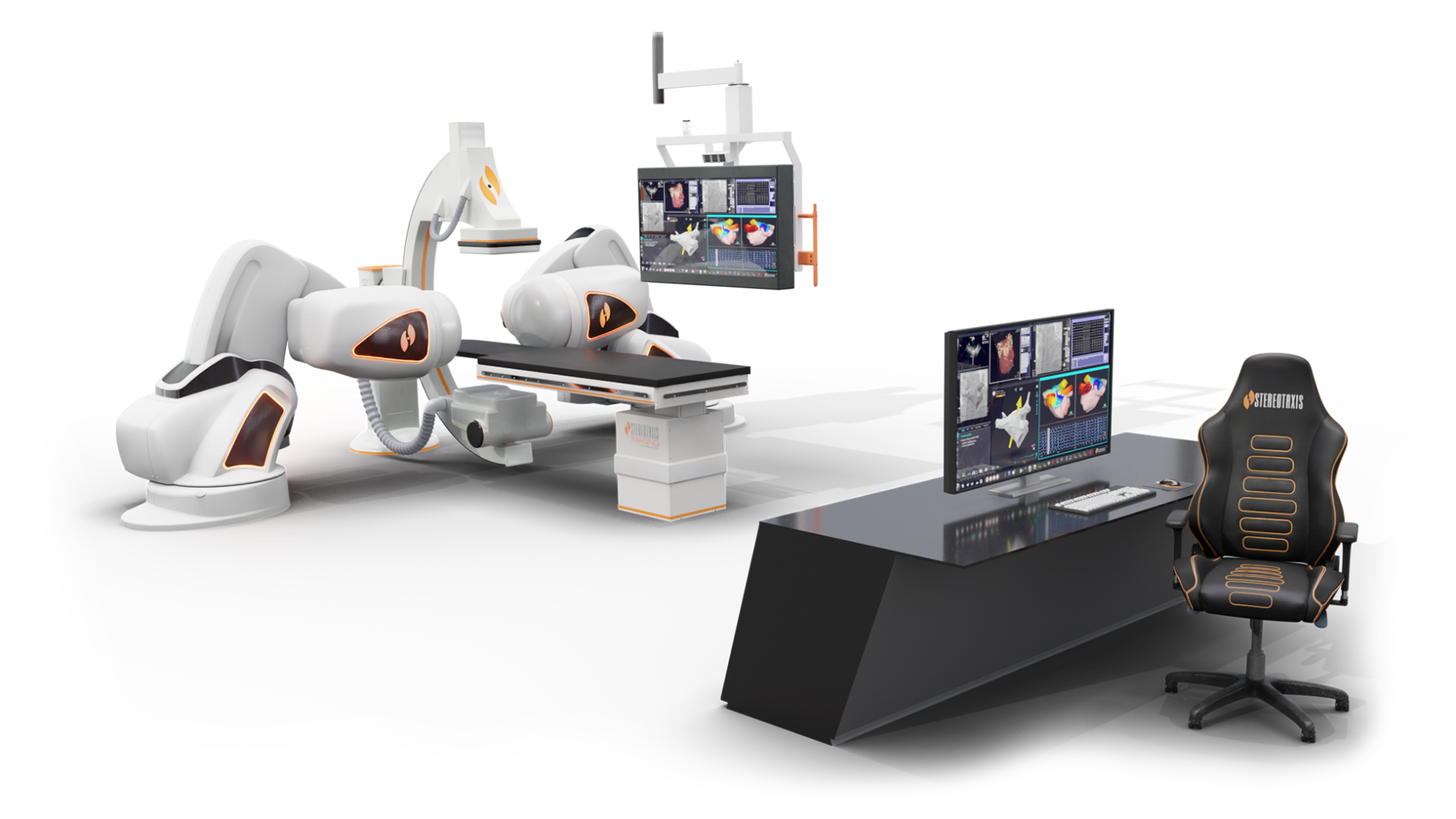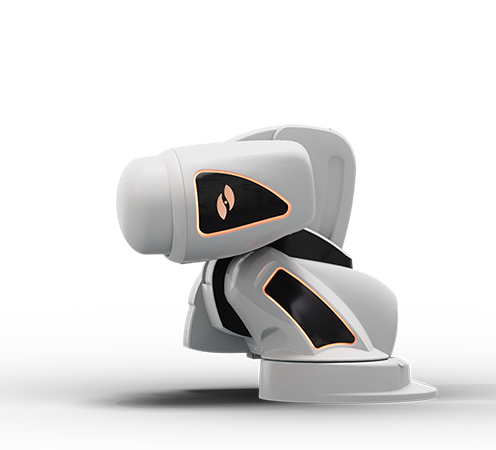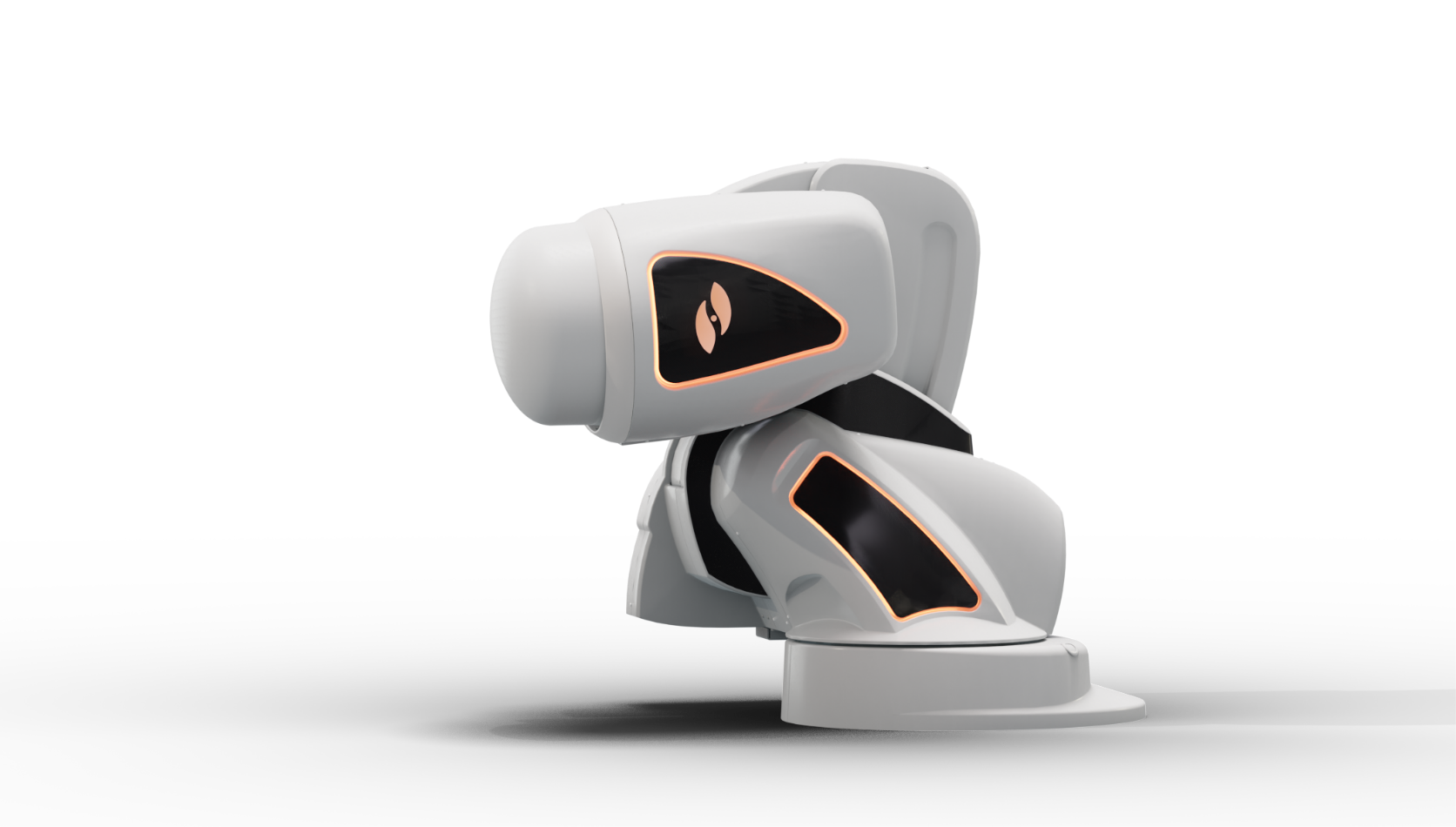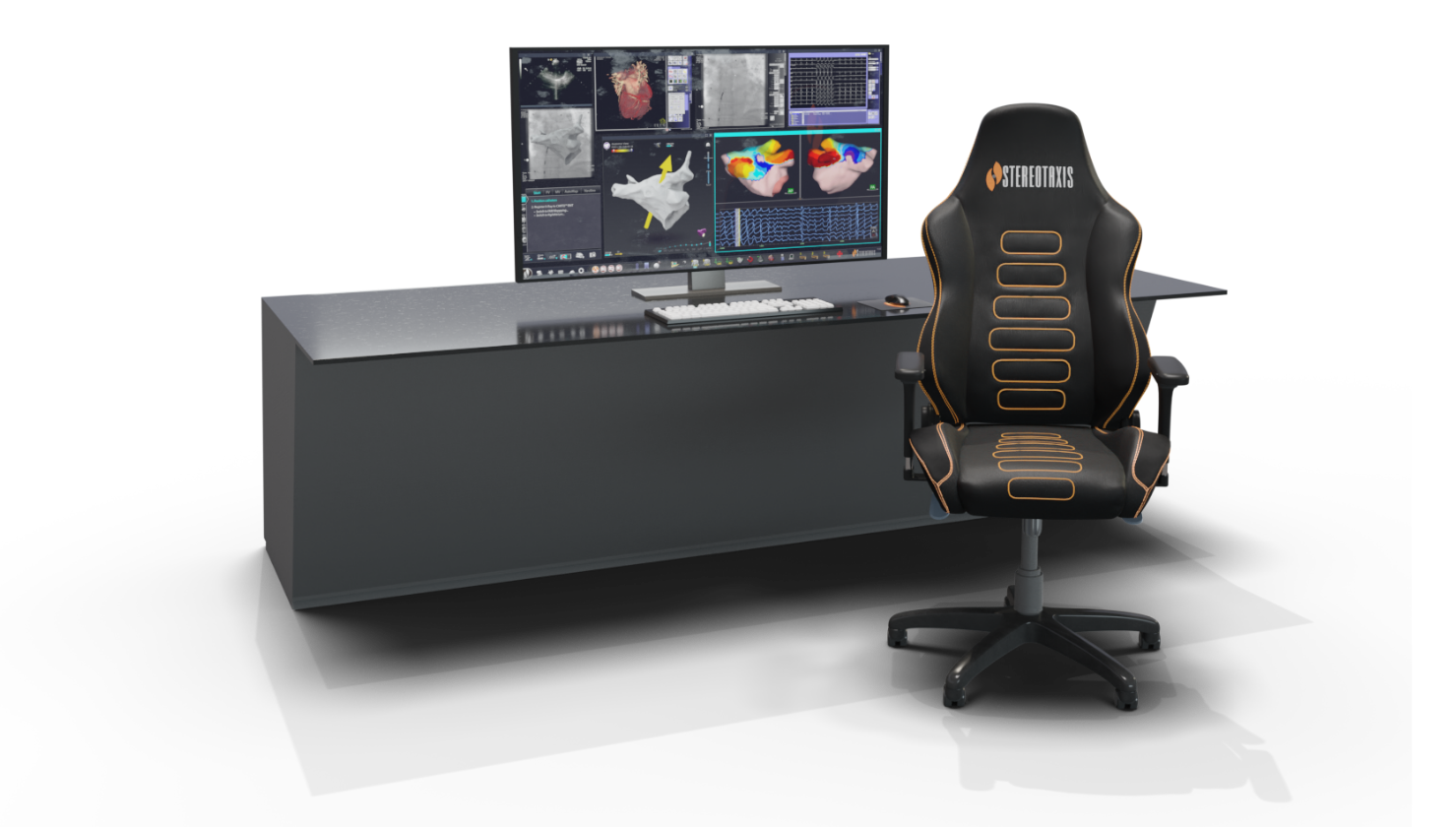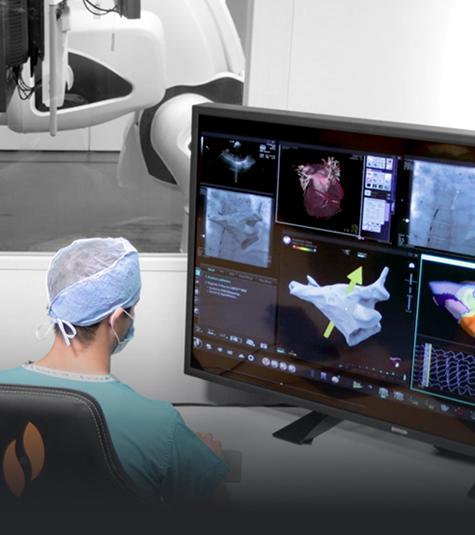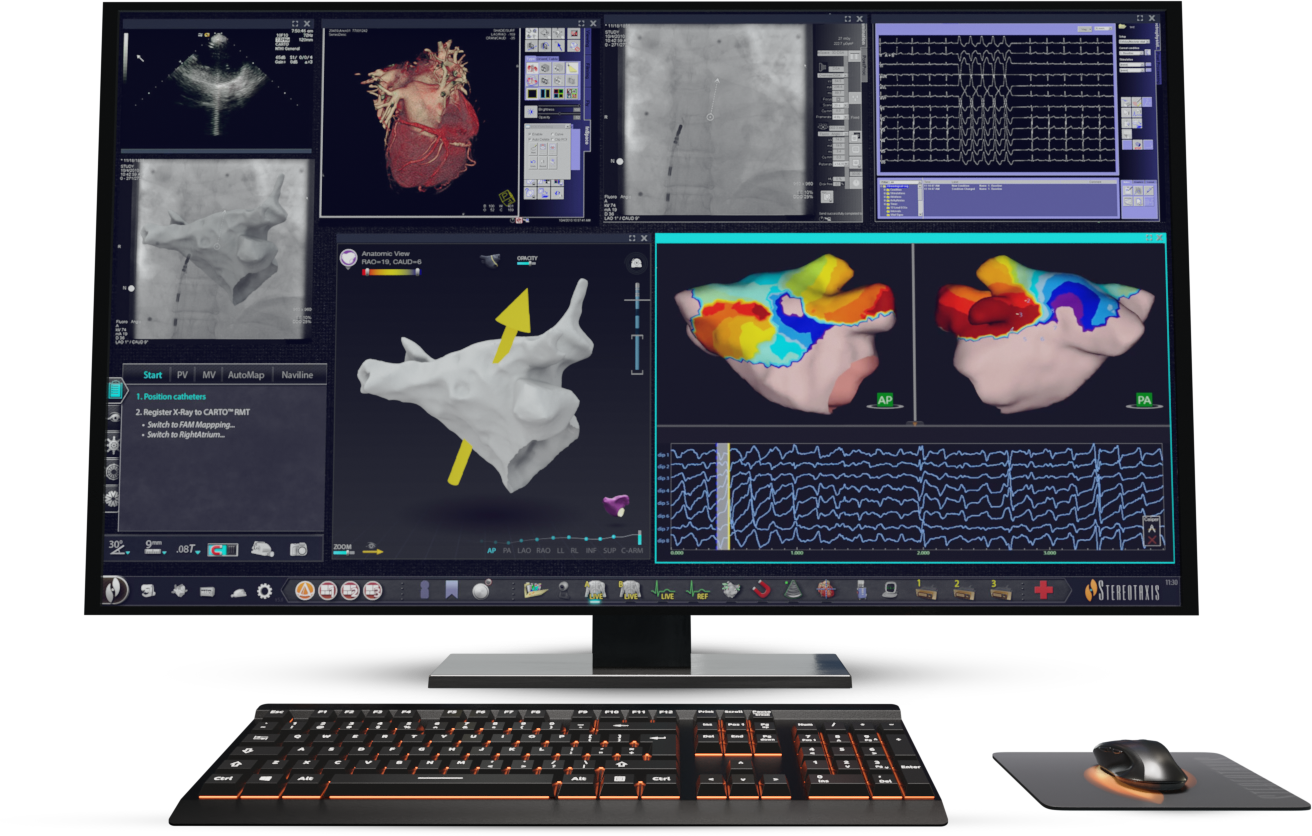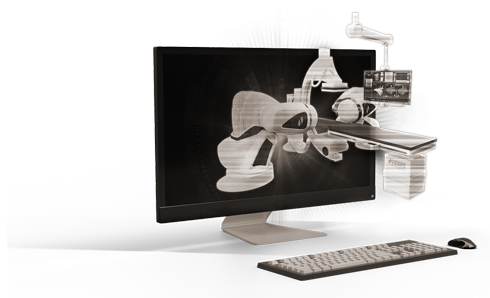Better By Design
RMN’s
1mm/1° precision is unmatched by even the most skilled hands. By navigating directly from the catheter
tip, you avoid the inherent errors of translating force from the handle through the catheter shaft. You
wouldn’t hold a pencil from its eraser. Take control of the catheter from its tip.
RMN enables a catheter to
navigate anatomy that is often unreachable. Magnetic catheters are designed with more flexible shafts and
are free from the constraints of the pull wires in traditional catheters. Navigating directly from the
tip, magnetic catheters can accommodate an unprecedented number of twists and turns without compromising
flexibility.
The only way to
ensure successful lesion formation is through effective catheter-tissue contact.1 Manual
catheters are unstable and experience wide fluctuations in contact force with the beating heart. An RMN
catheter has a flexible shaft which serves as a shock absorber. It is driven from the tip which maintains
stability.
Guided by a small magnet
in its tip, the RMN catheter is flexible and gentle, which translates into reduced risk and improved
safety for your patient. This improved catheter guidance in conjunction with having all procedural data on
a screen in front of you creates an even safer environment as it lends to less x-ray usage.

